Lifting a shipping container is a critical operation in various industries, including logistics, construction, and maritime transport. Whether you’re relocating a container, stacking it for storage, or positioning it for loading and unloading, understanding the correct procedures and utilizing the right equipment is essential for safety and efficiency. At CarMax Vehicle, we specialize in providing top-tier solutions to ensure your container lifting operations are seamless and secure.
Understanding the Basics of Shipping Container Lifting
Before diving into the specifics of lifting a shipping container, it’s crucial to grasp the fundamental concepts involved.
What is a Shipping Container?
A shipping container is a standardized reusable steel box used for the transportation of goods across different modes of transport—ship, rail, and truck. Their uniform design facilitates easy handling, storage, and transfer between vehicles.
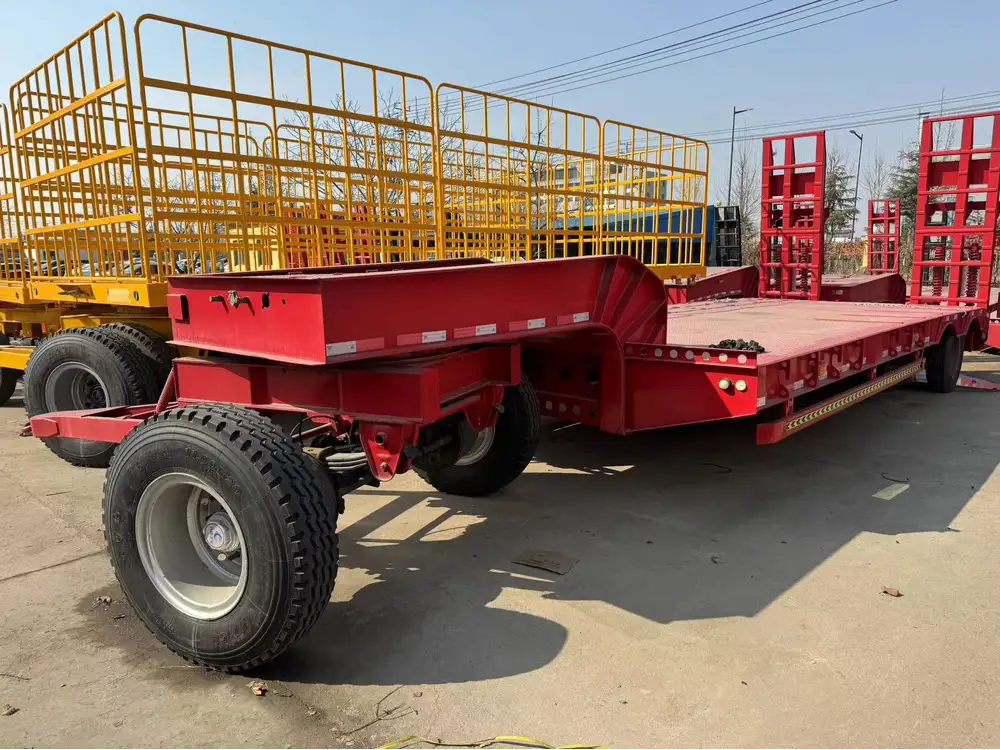
Why Proper Lifting is Essential
Improper lifting can lead to accidents, structural damage to containers, and injury to personnel. Ensuring the correct lifting techniques and equipment mitigates these risks, promotes operational efficiency, and extends the lifespan of both the container and the lifting equipment.
Safety Considerations When Lifting a Shipping Container
Safety should always be the top priority when lifting shipping containers. Here are key considerations to keep in mind:
Risk Assessment
Conduct a thorough risk assessment before any lifting operation. Identify potential hazards, assess the environment, and ensure that all safety measures are in place.

Personnel Training
Ensure that all personnel involved in the lifting process are adequately trained. They should understand the equipment, procedures, and safety protocols.
Use of Personal Protective Equipment (PPE)
Equip all workers with appropriate PPE, including helmets, gloves, steel-toed boots, and high-visibility vests.
Site Preparation
Prepare the lifting site by clearing obstructions, ensuring a stable ground surface, and marking the area to prevent unauthorized access during operations.
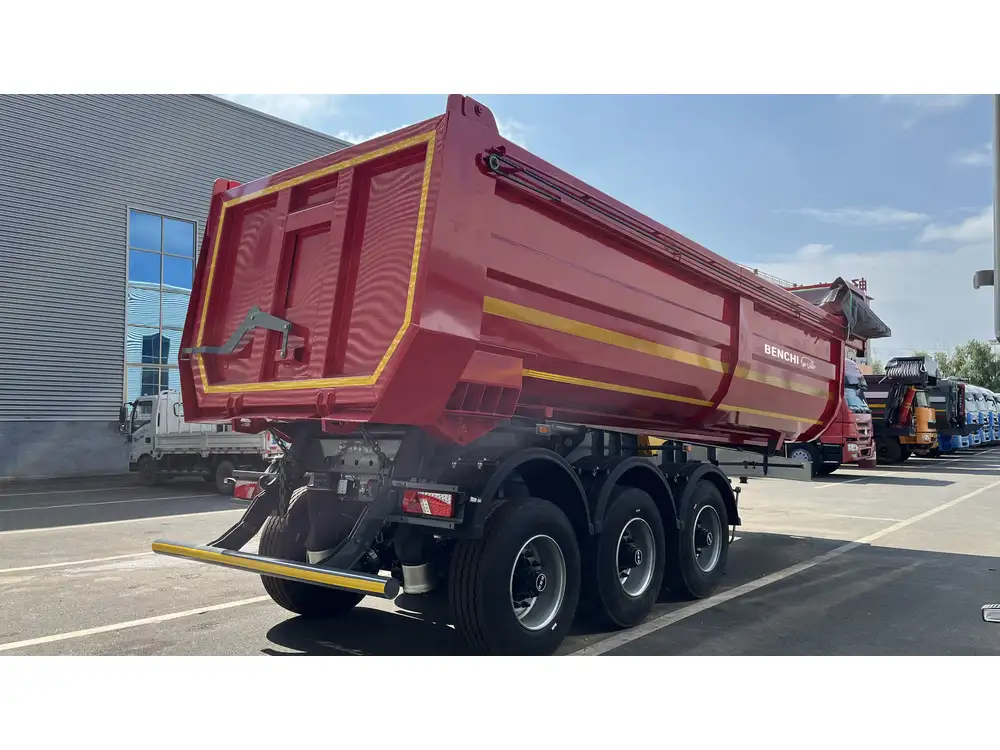
Essential Equipment for Lifting Shipping Containers
Selecting the right equipment is paramount for safe and effective container lifting. Here’s a breakdown of the essential tools and machinery:
Hydraulic Forklifts
Hydraulic forklifts are versatile machines capable of handling various container sizes. They offer precise control and are suitable for both indoor and outdoor operations.
Container Cranes
For larger containers, container cranes provide the necessary lifting capacity. These cranes are often mounted on trailers or fixed bases, offering flexibility and strength.

Lifting Straps and Chains
High-strength lifting straps and chains are used to secure containers during the lift. Ensure they are rated appropriately for the container’s weight.
Pallet Jacks
For smaller containers or lighter loads, pallet jacks can be an efficient solution. They are easy to maneuver and ideal for tight spaces.
CarMax Vehicle’s Trailer Solutions
At CarMax Vehicle, our customized trailers are designed to accommodate various container sizes and lifting mechanisms, ensuring stability and ease of operation.

Step-by-Step Process to Lift a Shipping Container
Executing a container lift involves several methodical steps to ensure safety and efficiency. Below is a detailed guide:
1. Planning and Preparation
- Assess Container Weight and Dimensions: Know the exact weight and size of the container to select appropriate lifting equipment.
- Inspect Equipment: Ensure all lifting equipment is in good working condition and rated for the container’s weight.
- Define the Lift Path: Plan the route to the new location, accounting for obstacles and ground conditions.
2. Securing the Container
- Tie Down the Load: Use lifting straps or chains to secure the container. Attach them to designated lifting points to prevent damage.
- Check Balance: Ensure the container is evenly balanced to avoid tilting during the lift.

3. Positioning the Lifting Equipment
- Align Equipment with Container: Place the forklift, crane, or other lifting machinery directly in line with the container’s center of gravity.
- Stabilize the Equipment: Use outriggers or stabilizers to prevent the equipment from tipping during the lift.
4. Executing the Lift
- Slow and Steady Movement: Begin lifting slowly to monitor the container’s stability.
- Maintain Control: Keep a steady grip and avoid sudden movements to prevent swinging or shifting.
5. Moving the Container
- Navigate Carefully: Move the container along the predefined path, ensuring no obstacles impede its movement.
- Monitor Surroundings: Keep an eye on the environment to avoid accidents or collisions.

6. Lowering the Container
- Gradual Descent: Slowly lower the container to the designated spot, ensuring it settles evenly.
- Final Positioning: Adjust the container’s position as needed for precise placement.
7. Securing the Container in Place
- Reinforce Stability: Once positioned, secure the container to prevent movement.
- Inspect for Damage: Check the container and lifting equipment for any signs of wear or damage post-operation.
Best Practices for Efficient Shipping Container Lifting
Adhering to best practices enhances the efficiency and safety of container lifting operations. Here are some key strategies:

Regular Equipment Maintenance
Maintain all lifting equipment regularly to ensure optimal performance and reduce the risk of breakdowns during operations.
Clear Communication
Establish clear communication protocols among the lifting team to coordinate actions and respond swiftly to any issues.
Optimize Lift Routes
Designate specific routes for lifting operations to minimize interference with other activities and streamline the process.

Utilize Technology
Incorporate lifting software and monitoring systems to track operations, enhance precision, and improve overall efficiency.
Training and Certification
Invest in ongoing training and certification programs for your team to keep them updated on the latest lifting techniques and safety standards.
Common Challenges in Lifting Shipping Containers and Their Solutions
Lifting shipping containers comes with its set of challenges. Addressing these proactively can prevent operational setbacks.
| Challenge | Solution |
|---|---|
| Uneven Ground Surfaces | Use leveling equipment and ensure the ground is stable before lifting. |
| Heavy or Oversized Containers | Employ cranes or specialized forklifts with higher lifting capacities. |
| Limited Access Space | Opt for compact lifting equipment and plan precise movement paths. |
| Weather Conditions | Schedule lifts during favorable weather and use protective coverings if needed. |
| Equipment Malfunction | Conduct regular maintenance and have backup equipment readily available. |

Comparing Lifting Methods: Which is Right for You?
Choosing the appropriate lifting method depends on various factors, including container size, weight, and specific operational requirements. Here’s a comparison to help you decide:
| Lifting Method | Advantages | Disadvantages |
|---|---|---|
| Hydraulic Forklifts | Versatile, precise control, suitable for various container sizes | Limited lifting height compared to cranes |
| Container Cranes | High lifting capacity, suitable for large containers | More expensive, requires more space |
| Lifting Straps and Chains | Flexible, easy to use, cost-effective | Requires proper training to ensure safe use |
| Pallet Jacks | Ideal for smaller containers, easy maneuverability | Limited to lighter loads and confined spaces |
CarMax Vehicle offers tailored lifting solutions, ensuring you choose the method that best fits your operational needs.
Maintenance and Inspection of Lifting Equipment
Regular maintenance and thorough inspections are vital to prolong the lifespan of lifting equipment and ensure safe operations.
Maintenance Checklist
- Daily Inspections: Check for visible damage, fluid levels, and operational functionality.
- Weekly Maintenance: Perform detailed inspections of mechanical components, electrical systems, and safety devices.
- Monthly Overhauls: Conduct comprehensive checks, including stress tests and performance evaluations.

Inspection Procedures
- Pre-Lift Inspection: Before each lift, inspect all equipment to ensure it meets safety standards.
- Post-Lift Inspection: After operations, examine equipment for any signs of wear or damage.
CarMax Vehicle’s Commitment to Quality
At CarMax Vehicle, we prioritize the maintenance and reliability of our trailers and lifting equipment. Our dedicated support team ensures that your equipment remains in peak condition, minimizing downtime and enhancing operational efficiency.
Why Choose CarMax Trailer for Your Container Lifting Needs
Selecting the right partner for your container lifting operations can significantly impact your business’s efficiency and safety. Here’s why CarMax Trailer stands out:
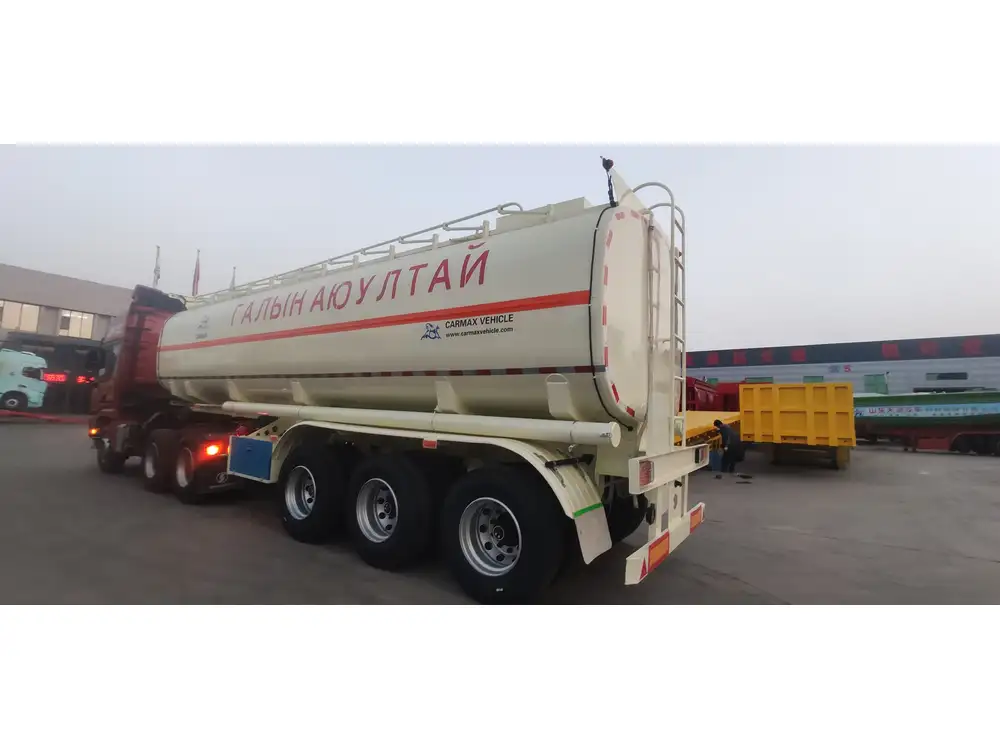
Advanced Engineering
Our trailers are engineered with precision, ensuring maximum stability and durability during lifting operations.
Custom Solutions
We offer customized lifting solutions tailored to your specific requirements, accommodating various container sizes and weights.
Robust Construction
Built with high-grade materials, our trailers withstand the rigors of frequent lifting operations, ensuring longevity and reliability.
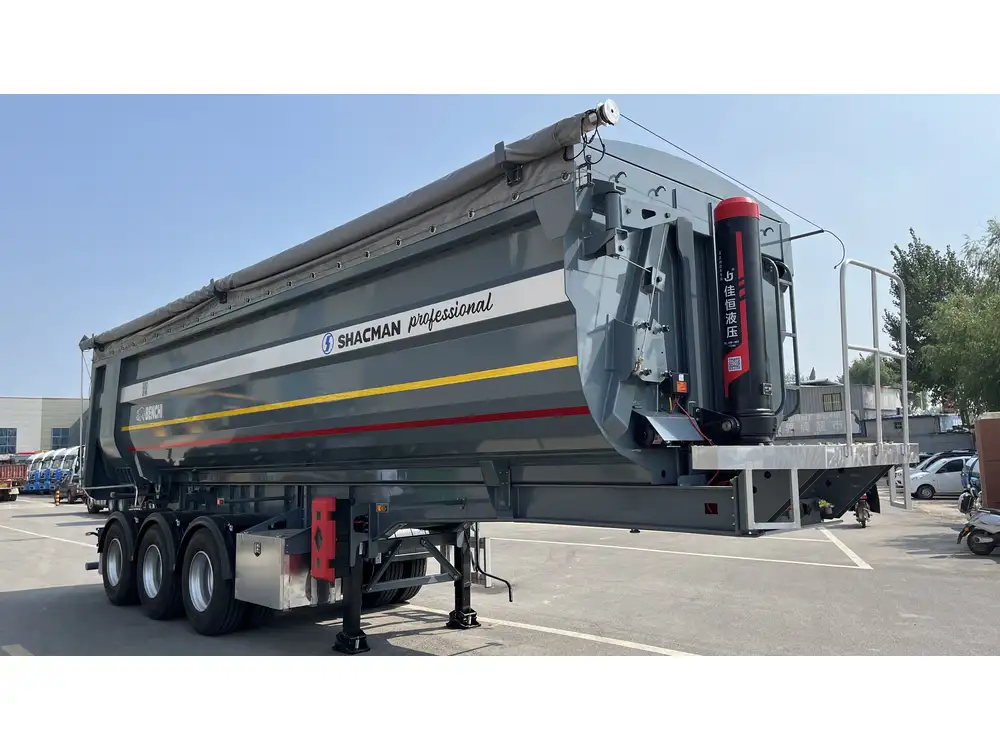
Expert Support
Our team of experts provides comprehensive support, from selecting the right equipment to offering maintenance and training services.
Competitive Pricing
We deliver high-quality lifting solutions at competitive prices, ensuring you receive value without compromising on quality.
Enhancing Productivity with CarMax Trailer Solutions
Implementing the right lifting solutions can dramatically improve your operational productivity. Here’s how CarMax Trailer can help:
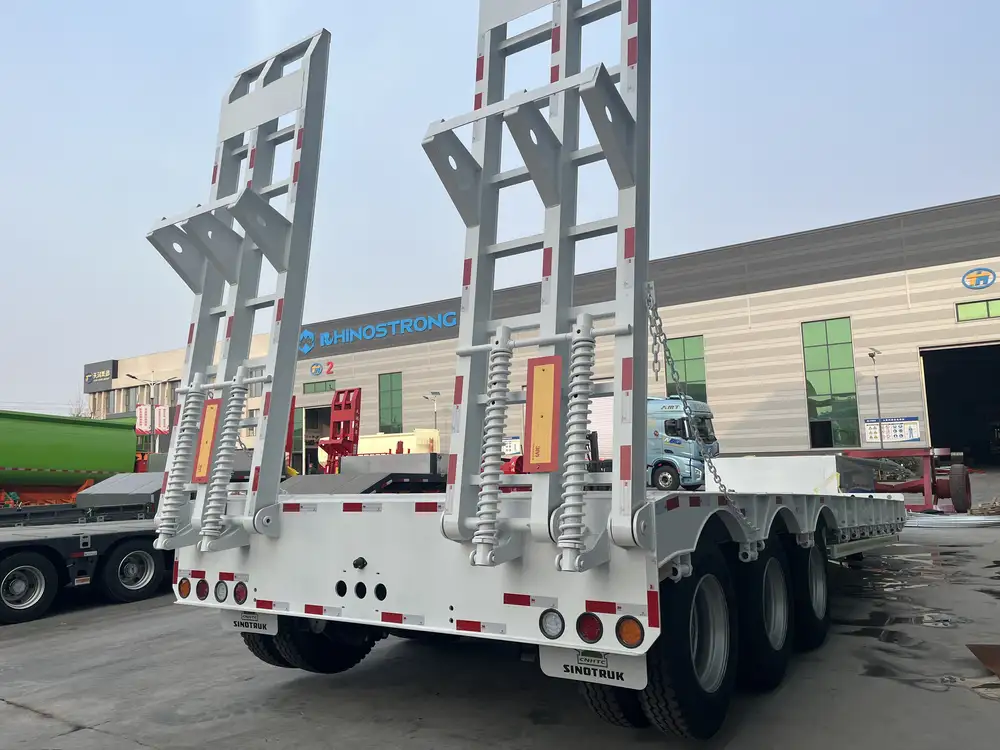
Streamlined Operations
Our trailers are designed for easy integration into your existing workflow, reducing setup times and enhancing efficiency.
Reduced Downtime
With reliable and durable equipment, experience minimal downtime and maintain consistent operational flow.
Increased Safety
Our focus on safety ensures that your lifting operations are conducted securely, reducing the risk of accidents and associated costs.
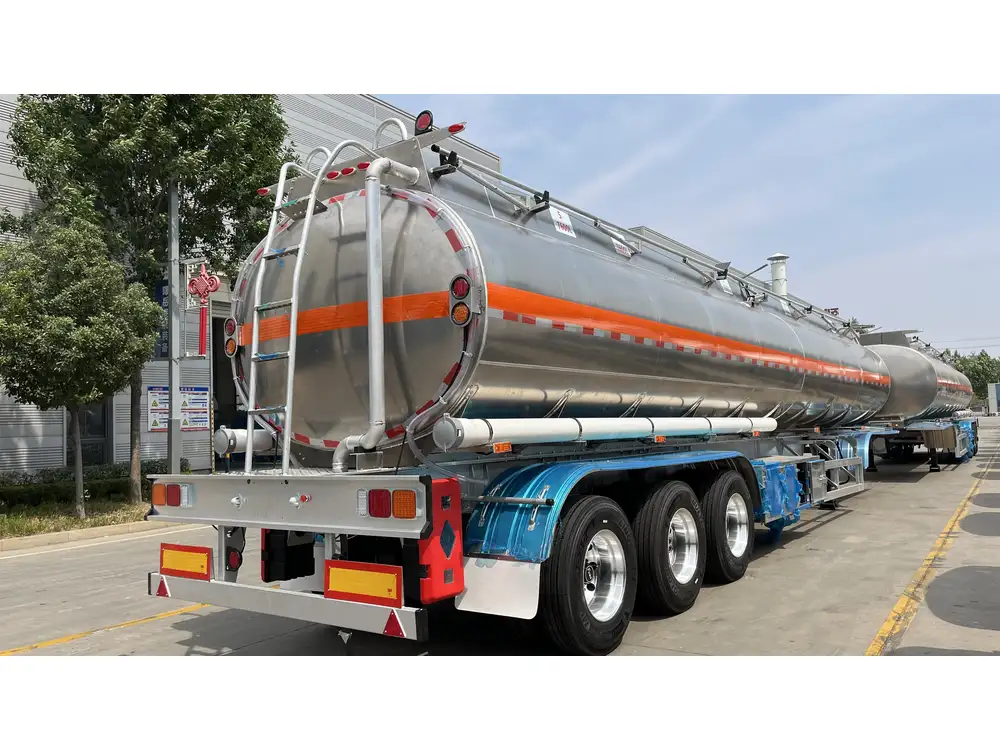
Scalability
As your business grows, our lifting solutions can scale with you, accommodating larger containers and more complex lifting needs.
Case Study: Successful Container Lifting with CarMax Trailer
To illustrate the effectiveness of CarMax Trailer solutions, consider the following case study:
Client Background
A logistics company required a reliable and efficient method to lift and transport 40-foot shipping containers across their facility.
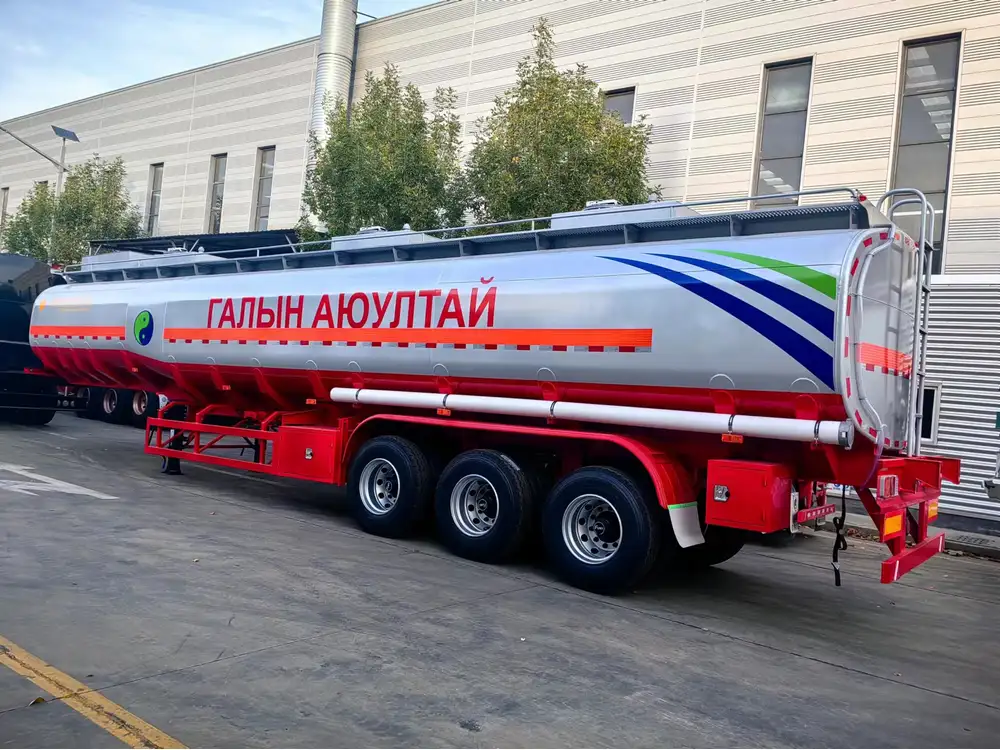
Challenge
The existing lifting equipment was inadequate for the container size, leading to frequent delays and safety concerns.
Solution
CarMax Vehicle provided a customized trailer equipped with a high-capacity hydraulic forklift and specialized lifting straps. Additionally, we offered training for the client’s personnel to ensure safe and efficient operations.
Results
- Increased Efficiency: The new lifting setup reduced container handling time by 30%.
- Enhanced Safety: No lifting-related incidents were reported post-implementation.
- Cost Savings: Reduced equipment breakdowns and maintenance costs led to significant savings.
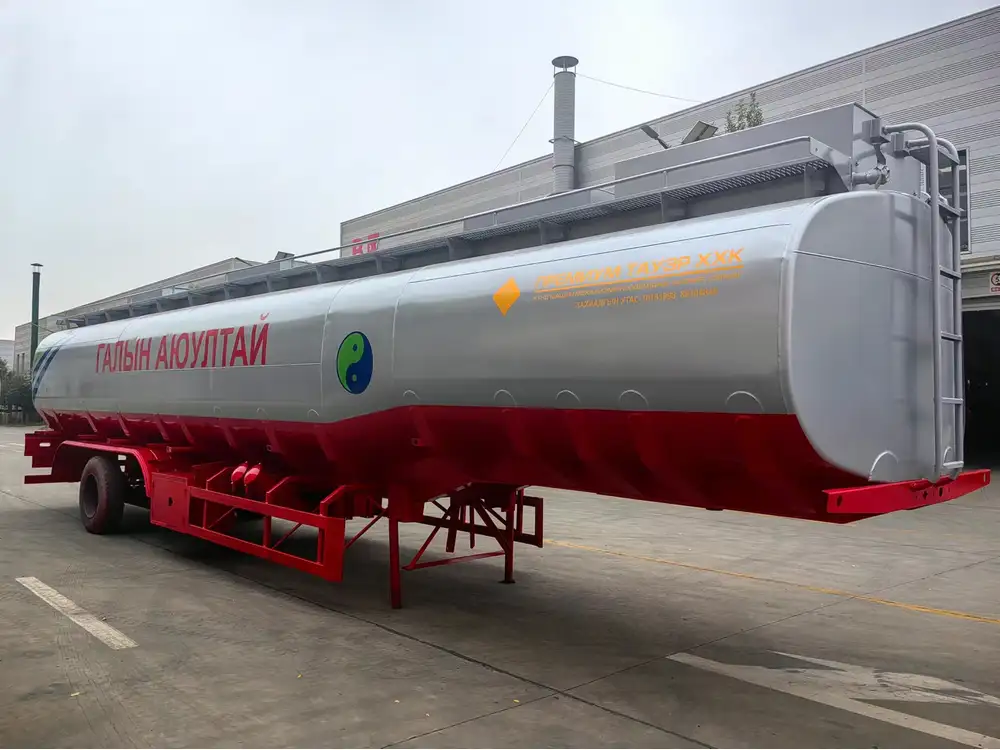
Future Trends in Shipping Container Lifting
Staying ahead of industry trends can provide a competitive edge. Here are emerging trends in container lifting:
Automation and Robotics
Automated lifting systems and robotics are enhancing precision and reducing the need for manual intervention, leading to faster and safer operations.
Sustainable Practices
Eco-friendly lifting equipment, such as electric-powered forklifts, are gaining popularity due to their lower environmental impact.
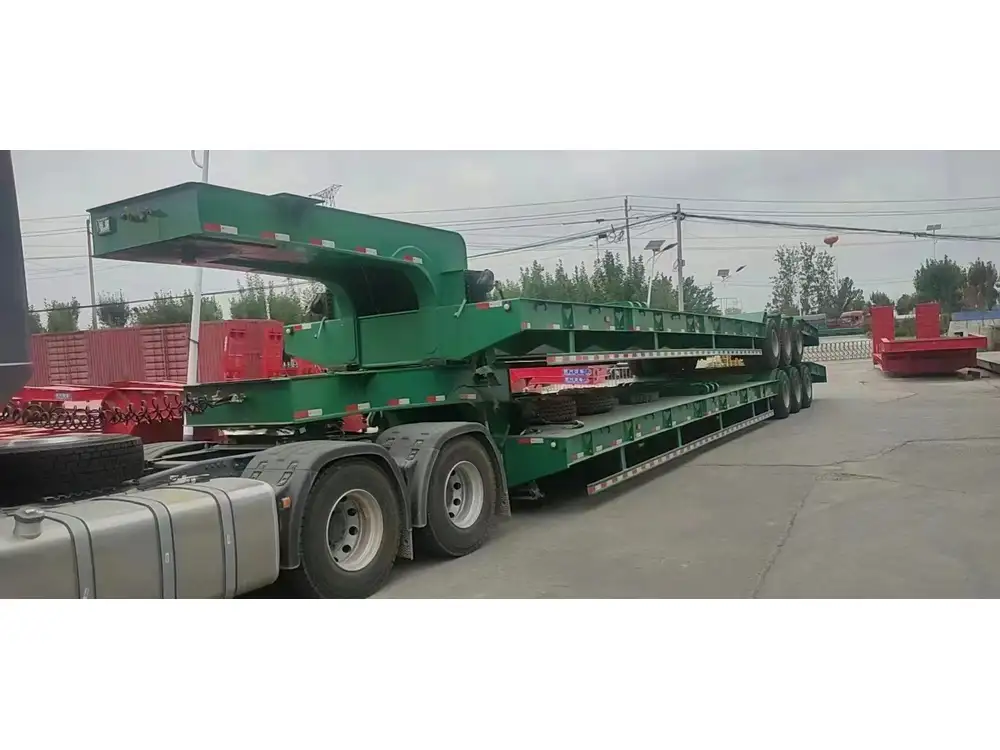
Digital Integration
Integrating digital technologies like IoT and AI into lifting operations enables real-time monitoring, predictive maintenance, and optimized workflows.
Modular Lifting Systems
Modular lifting solutions offer flexibility, allowing businesses to adapt quickly to changing operational demands.
CarMax Trailer is committed to incorporating these advancements into our solutions, ensuring our clients remain at the forefront of the industry.
Conclusion
Lifting a shipping container is a complex task that requires careful planning, the right equipment, and adherence to safety protocols. By understanding the essentials of container lifting and leveraging advanced solutions from CarMax Vehicle, you can enhance the efficiency and safety of your operations. Our commitment to quality, customization, and customer support makes us the ideal partner for all your container lifting needs.

Frequently Asked Questions
1. What is the maximum weight a standard hydraulic forklift can lift?
Standard hydraulic forklifts typically have a lifting capacity ranging from 3,000 to 5,000 pounds. However, specialized forklifts can handle significantly higher weights, depending on their design and specifications.
2. How often should lifting equipment be inspected?
Lifting equipment should undergo daily inspections before use, weekly comprehensive checks, and monthly detailed maintenance to ensure optimal performance and safety.

3. Can CarMax Trailer customize lifting solutions for unique container sizes?
Yes, CarMax Trailer offers customized lifting solutions tailored to accommodate a wide range of container sizes and specific operational requirements.
4. What safety measures should be in place during container lifting operations?
Key safety measures include thorough risk assessments, proper personnel training, use of PPE, equipment inspections, and clear communication protocols among the lifting team.
5. Are there eco-friendly options available for container lifting equipment?
Yes, eco-friendly options such as electric-powered forklifts and sustainable lifting systems are available and are increasingly being integrated into modern lifting solutions.



